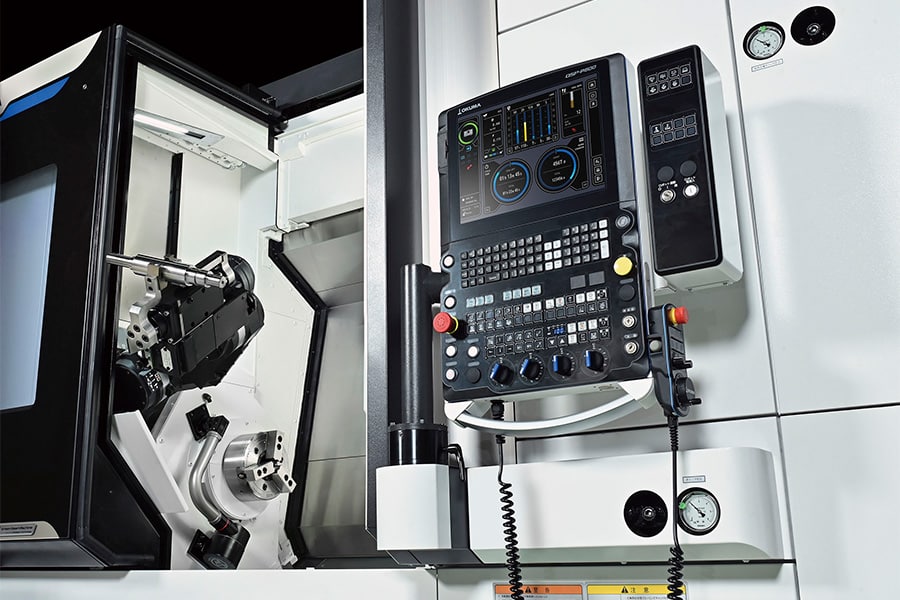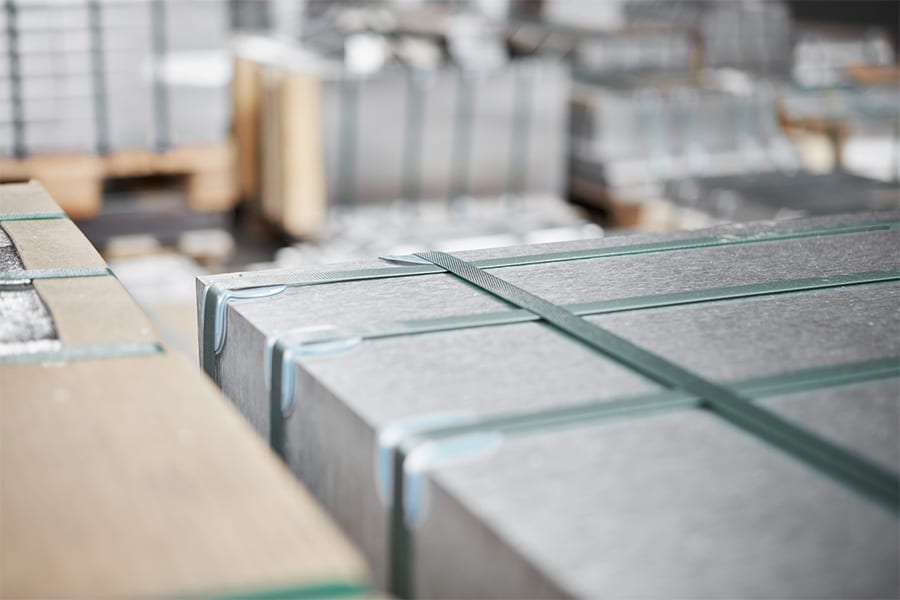
Cutting forces and their influence on the milling process
Cutting forces play a crucial role in the milling process. Therefore, understanding the influence of cutting forces in milling and the factors affecting these forces is essential for optimizing the process and achieving high-quality results.
Milling is a machining process used to make complex and precise parts from solid materials. In this process, a cutting tool is rotated and moved against the workpiece to remove material, creating chips. Cutting forces play a crucial role in the milling process because they affect the quality of the final product, tool wear and the performance of the machine tool.

Three components
Cutting forces are the forces that occur during the cutting process and are influenced by several factors, including tool geometry, workpiece material, cutting parameters and tool machine characteristics. The cutting force in milling consists of three components: radial force (Fr), tangential force (Ft) and axial force (Fa). The radial force acts perpendicular to the cutting edge and is responsible for pushing the tool away from the workpiece. The tangential force acts parallel to the cutting edge and is responsible for shearing the material. The axial force acts along the axis of the tool and is responsible for cutting depth and deflection of the tool.
Influencing factors: the geometry of the tool
One of the critical factors affecting cutting force in milling is the geometry of the tool. The geometry of the cutting tool, such as the number of teeth, chip angle, helix angle and clearance angle, affects the cutting force. For example, tools with more teeth require less force to cut because the teeth distribute the load evenly. In addition, the chip angle affects the cutting force required because it affects chip thickness, chip distortion and friction between the tool and the workpiece. Therefore, optimizing the tool geometry is essential for reducing cutting forces and improving the efficiency of the milling process.

Influencing factors: the cutting parameters
The cutting parameters, such as spindle speed, feed rate and depth of cut, also affect the cutting force. Increasing spindle speed or feed rate increases cutting force, while increasing depth of cut increases radial and axial forces but decreases tangential force. Therefore, optimizing the cutting parameters is essential for reducing cutting forces and improving the efficiency of the milling process.
Influencing factors: the material of the workpiece
Another factor that affects the cutting force when milling is the material of the workpiece. Materials with high strength and hardness require more force to cut, leading to higher cutting forces. In addition, the microstructure of the workpiece, such as grain size and orientation, affects the cutting force. For example, materials with a smaller grain size require a higher cutting force because of the higher strength and lower plasticity of the material.

Influencing factors: machine tool design
The characteristics of the machine tool, such as stiffness and damping, also affect the cutting force. Machines with high stiffness and damping require less force to cut, as they reduce vibration and improve the stability of the cutting process. In addition, the structural design of the machine affects the cutting force, with lighter and less rigid machines requiring more force to cut than heavier and stiffer machines.
Why consider cutting forces and their effects during milling?
Cutting forces play a crucial role in the milling process and have significant effects on both the tool and the workpiece. Therefore, it is important to consider cutting forces and their effects during milling for several reasons.
- Tool wear: excessive cutting forces can cause tool wear and shorten tool life. This can lead to frequent tool changes, longer machining times and higher costs.
- Surface quality: cutting forces can also affect the surface quality of the workpiece. High cutting forces can cause roughness, waves and notches in the surface, which can reduce the quality of the finished workpiece.
- Dimension accuracy: cutting forces can also affect the accuracy of workpiece dimensions. High cutting forces can cause distortion of the workpiece, leading to inaccurate dimensions and part rejection.
- Machine stability: high cutting forces can also affect the stability of the milling machine. Vibrations caused by high cutting forces can reduce machine accuracy and increase the risk of machine breakage.
- Energy consumption: cutting forces are also related to the energy consumption of the milling process. High cutting forces require higher energy consumption, which can increase the operating cost of the milling process.
Taking into account cutting forces and their effects during milling can help optimize machining parameters to reduce tool wear, improve surface quality and dimensional accuracy, increase machine stability and reduce energy consumption. This can ultimately lead to higher productivity, lower costs and increased profitability.
Sirris' online platform
On the online platform "model-based machining," you can simulate all the cutting forces for your processes. You can also access models, such as an economic milling model, and use them to optimize your machining processes. Access to the platform is free, but you must register. You will also find the necessary explanations on how to work with the models on the platform, but be sure to keep an eye on the Sirris calendar, as we will be hosting both physical and online events, such as webinars and workshops. Want to know more? Get in touch with us!



